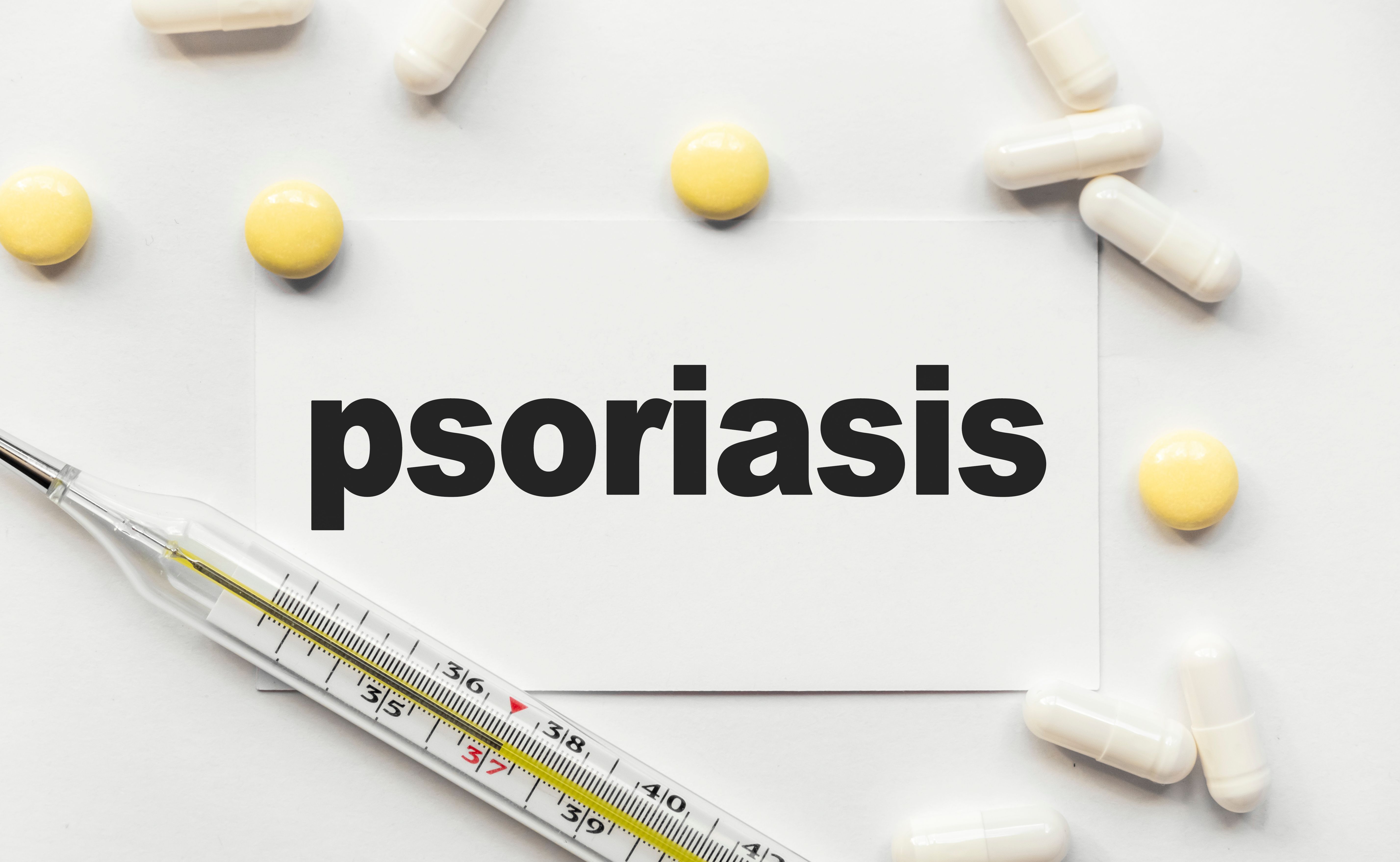News
Article
Metabolic Syndrome, Waist Circumference, Hypertension Linked to Psoriasis Risk
Author(s):
Researchers find a causal relationship between metabolic syndrome (MetS) and its components for increased risk of psoriasis.
A study has identified a relationship between metabolic syndrome (MetS), waist circumference (WC), and hypertension and psoriasis, in which early management of these factors may help lower the risk of psoriasis.
“At present, no study has been conducted to explore the causal association between psoriasis and MetS and its components,” wrote the researchers. “Collectively, we conducted this bidirectional MR [Mendelian randomization] analysis to discover their causal links.”
The full study is published in The Journal of Dermatology.
Psoriasis is a chronic autoimmune skin disease that effects about 60 million people worldwide, and it is closely associated with genetic factors, in which obesity, metabolic diseases, autoimmune diseases, and mental health can contribute to its development.
Bidirectional MR uses single-nucleotide polymorphisms (SNPs) that are allocated randomly during the formation of a zygote during gestation based on meiosis. Unlike an observational study, MR analyses cannot be confused by reverse causality.
Data on the MetS components—WC, hypertension, fast blood glucose (FBG), triglycerides (TG), and high-density lipoprotein cholesterol (HDL-C)—were collected from genome-wide association studies (GWAS) public databases. The SNPs associated with these genetic elements were collected from the UK Biobank, and for the meta-analyses on FBG, there were 281,416 samples.
The researchers included the SNPs associated with MetS and its 5 components:
- MetS had 59,677 cases and 231,430 controls
- WC had 462,155 samples
- Hypertension had 463,010 subjects
- Triglycerides collected totaled 441,016 samples
- HDL-C samples totaled 441,016
- Fast blood glucose had 281,416 samples
Additionally, the FinnGen study launched in 2017 contained genetic information with summary-level outcome datasets regarding psoriasis that were obtained by the researchers, including 3775 whole genomes and 16,962,023 variants, as well as 4510 cases and 212,242 controls.
Using inverse variance weighting and sensitivity approaches to rectify potential pleiotropy, the researchers found MetS (odds ratio [OR], 1.17; 95% CI, 1.08-1.27; P = 1.23e-04), WC (OR, 1.65; 95% CI, 1.42-1.93; P = 1.06e-10, and hypertension (OR, 2.02; 95% CI, 1.33-3.07; P = .0009) increased the risk of psoriasis, but not FBG, TG, and HDL-C.
No causal association was seen between psoriasis and MetS and its components in the reverse analysis.
The researchers acknowledged some limitations to the study, including being conducted on populations of European ancestry at the exclusion of other ethnicities and having a large variation between the number of cases and controls in the outcome datasets.
Despite, these limitations, the researchers believe the study was able to identify key genetic elements that may be risk factors for psoriasis, in which early managements of these symptoms may reduce the risk and severity of psoriasis.
“Our bidirectional MR study supports MetS, WC, and hypertension as risk factors for psoriasis. In reverse MR analysis, no association was detected,” wrote the researchers. “The early management of those factors may be helpful in decreasing the risk and severity of psoriasis.”
Furthermore, they believe future studies that replicate their analysis across additional ethnicities with more samples are needed to validate these results.
Reference
Liu L, Wang W, Si Y, Li X. Genetic insights into the risk of metabolic syndrome and its components on psoriasis: a bidirectional mendelian randomization. J Dermatol. Published online August 1, 2023. doi:10.1111/1346-8138.16910




